The Case for Bilingual Books: 4 Ways Dual-Language Books Can Boost Biliteracy in Young Children
This post may contain affiliate links.
written by Gabriella Aldeman
My first-grade son deems dual-language books magical.
“I can read them with both my grandmas in Virginia and Panama,” he says, and–more importantly–he adds, “These are my favorite books to read in Spanish.”
It was not always like that.
Born in Virginia when his sister was already in elementary school, my son struggled with wanting to speak Spanish, and I was desperate for resources that would make Spanish fun and accessible.
I know I am not alone.
Despite a growing awareness of the benefits of bilingualism and a surge in the English learner (EL) student population, parents are still searching for ways to promote their heritage language, the language their children speak at home with them.
It is no easy task because, as many immigrant parents know, students can lose their heritage language skills soon after starting school.
Studies show that if the heritage language is not supported in school and at home, children can lose their ability to communicate in their first language within two to three years of starting school.
So, what can parents do if they would like to boost bilingualism and biliteracy when kids spend most of their time at school?
Studies —backed by my first-hand experience— show that bilingual books are a critical tool.
Why does being biliterate matter?
Literacy is important, period.
On an economic level, biliteracy translates into employment opportunities and differential pay.
On a personal level, it promotes multicultural understanding and deepens one’s cultural roots.
And, last but not least, on a neurological level, it promotes executive brain function such as the ability to organize, plan, and concentrate while blocking out irrelevant information.
The tangible benefits of being bilingual and biliterate are now recognized throughout high schools in the United States.
High school students can obtain the Seal of Biliteracy in their transcripts or diplomas for attaining high levels of mastery of reading and writing in two languages.
4 Benefits of Bilingual Books
Here are four ways in which bilingual books, also known as dual-language books, help develop biliteracy in young children:
- By providing access to the lesser-known language.
When a story is presented in two languages, it makes the lesser-known language less intimidating. An English learner can read a bilingual book with their parents at home and then use the same book to learn English at school with a story that is already familiar. On the other hand, a child who prefers to read in English will be more open to the idea of reading a picture book in another language if it is also in English. Young children love reading and re-reading, demonstrating a preference for familiarity in the early stages of the learning process. Bilingual books give the lesser-known language the advantage of increased familiarity and comprehension. - By developing vocabulary in both languages.
It has been well documented that literacy in one language increases literacy in another language. Books provide children with the right words and phrases to express themselves. When the same story is read in two languages, the child gains a deeper understanding of language and how to use it effectively. In this way, bilingual books provide a connecting bridge between the child’s new experiences and the heritage culture. A child that has shown an interest in basketball in gym class can choose a bilingual book on basketball and discover the right words to explain their new athletic skills to their parents and grandparents.
- By increasing the perceived status of the heritage language.
The side-by-side format of bilingual books helps children identify both languages as equally important. This will make English learners feel included, as well as elevate the status of the heritage language. This empowers the student. A bilingual child who can read or understand the whole book will acquire confidence in their personal identity as a bilingual, and receive positive reinforcement as they share the book with their monolingual family and friends.
- By encouraging parental involvement.
Parental involvement increases the chances that a student will succeed academically, and bilingual books are another tool for parents to be involved in their child’s learning. It also encourages parents to read to their kids in their heritage language, fostering bilingualism and biliteracy. Bilingual books can be used to involve parents in a variety of ways and encourage community participation. For example, a classroom teacher can involve parents by asking them to read a bilingual book to the class, perhaps one that the class has already read in English.
How to Choose the Best Bilingual Books
The benefits of bilingual books depend entirely on the quality of the books. The best bilingual books will have:
- Quality translation:
First and foremost, the books have to be properly written in both languages. A bad translation in a bilingual book will only be a disservice to the reader and the heritage language. Parents, librarians, and educators looking to acquire bilingual books should do their research. A quick Google search on the translator will usually provide important information, such as where the translator is from and whether they are members of credible professional organizations such as the American Translators Association.
- Multicultural characters:
For a bilingual book to represent the bilingual, bicultural child, the characters must be as diverse as the readers. A bilingual book about a gaucho from Argentina should probably depict protagonists who look and sound, well, like they are from South America. Authenticity is needed for a reader to connect and learn about other cultures. In 1990, scholar Dr. Rudine Sims Bishop wrote, “books are mirrors, reflecting our own lives at us.” But according to US publishing statistics, in 2018 there were more children’s books featuring animals and other non-human characters (27%) than all types of visible minorities combined (23%). Meanwhile, half of all children’s book protagonists were White. A good bilingual book should be committed to representing diversity and elevating other cultures.
- Equal display of both languages:
Following the same logic of representation, a good bilingual book should display both languages equally. Some bilingual books in the market choose a smaller or cursive font, or even parentheses to present the heritage language. This not only makes the heritage language less accessible to the reader, but it also makes it seem less important than the primary language. For a bilingual book to properly empower the bilingual reader, both languages should be displayed with equal status. Different fonts are encouraged for ease of reading, but both languages should be legible and displayed prominently on every page.
The availability of books enables voluntary reading. And an abundance of dual-language books elevates the status of heritage languages and celebrates bilingual children.
If you are a parent raising bilingual children or an educator teaching children from multicultural backgrounds, make sure dual-language books are provided at school, in your local libraries, and on your child’s bookshelf.
About the Author

Gabriella Aldeman is an English-to-Spanish translator for children’s book authors and education nonprofits. She is a member of SCBWI (The Society of Children’s Book Writers and Illustrators) and is part of the Public Relations Committee of the American Translators Association. Follow her on Instagram where she plays with words and obsesses over coffee.
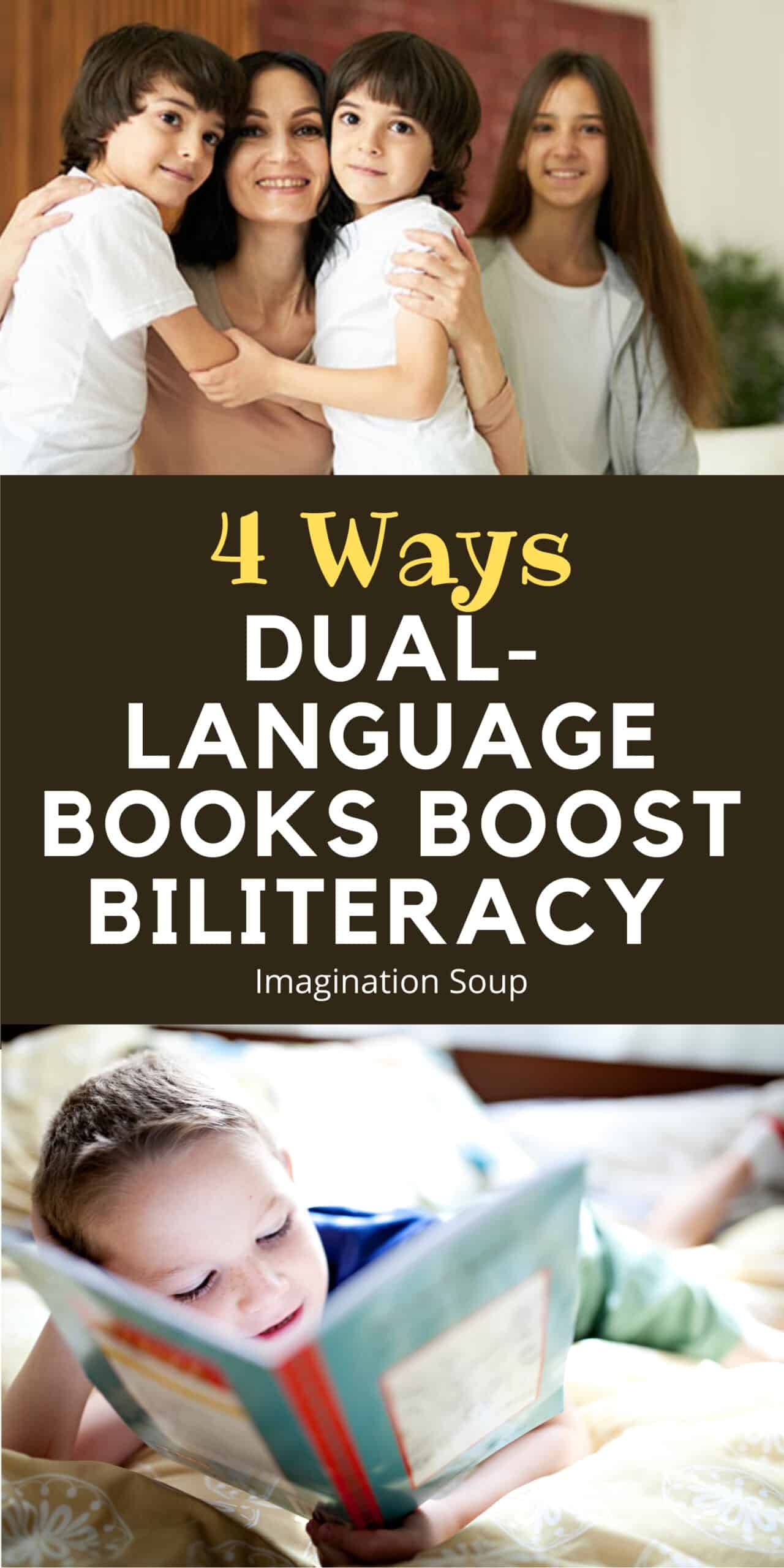
You Might Also Like:
Wonderful Bilingual Children’s Books


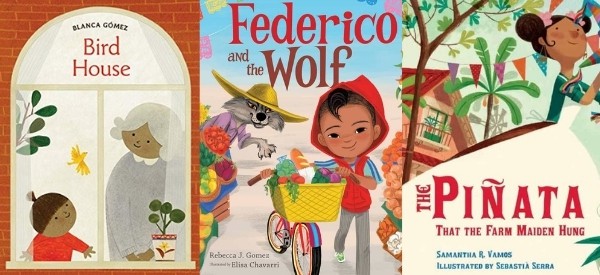
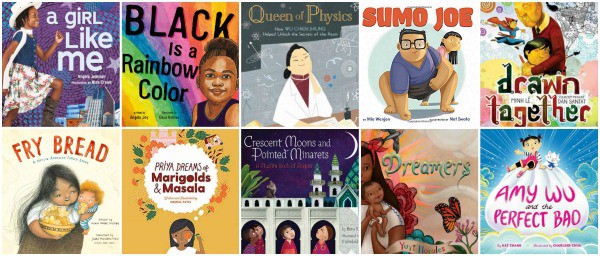
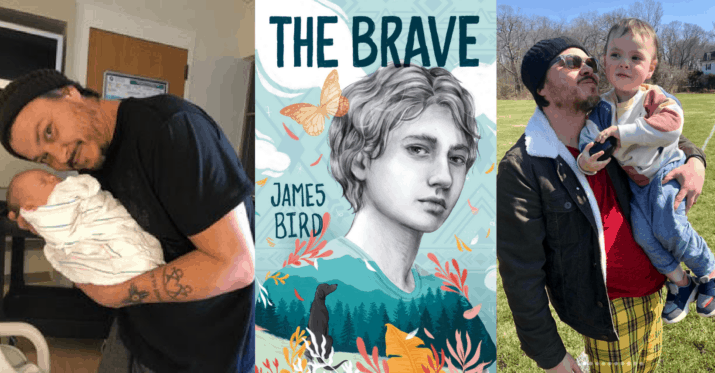
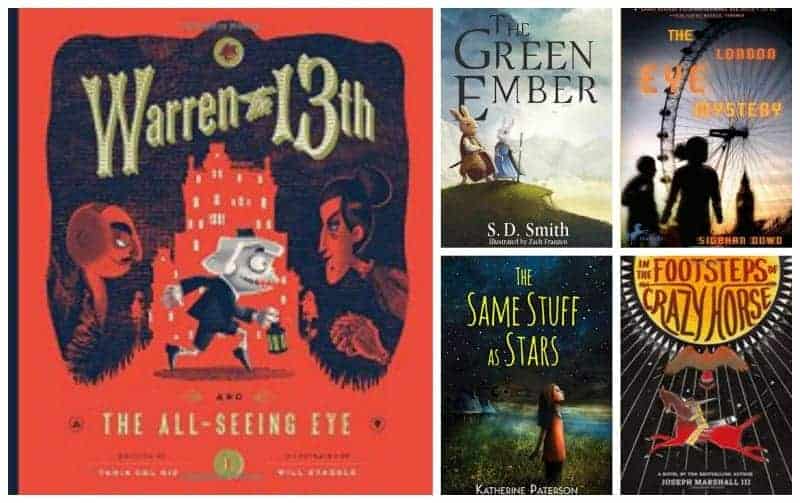

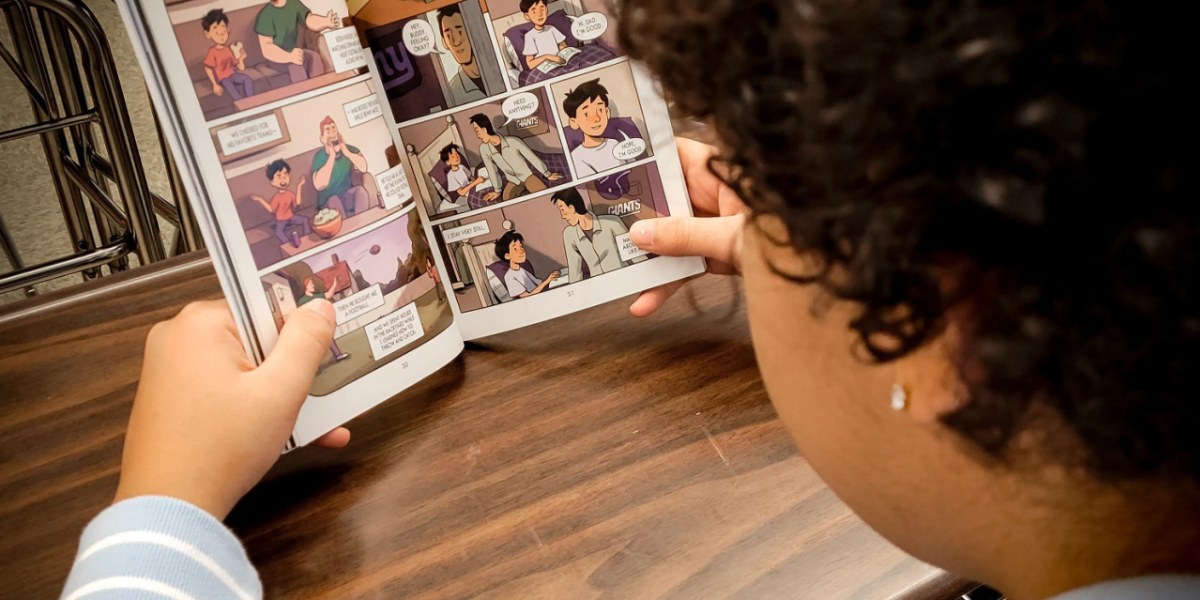
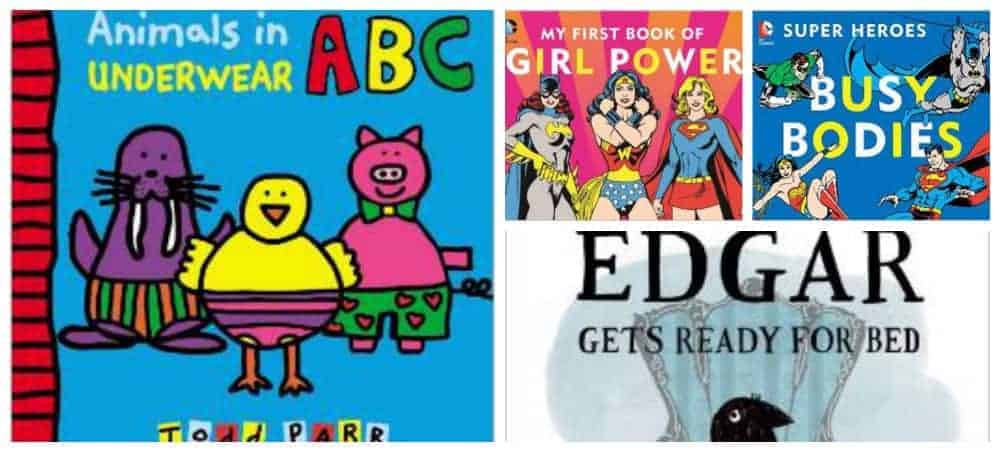

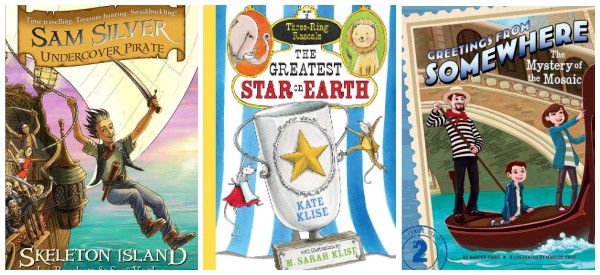
One of my favorite Spanish books for Children is Cuentos de la selva by Horatio Quiroga. There’s a good bilingual chapter from this book, the story “La torguga gigante” in this video. It has inline translations so you can both listen and read even if you don’t know Spanish well at all.
thank you for sharing!